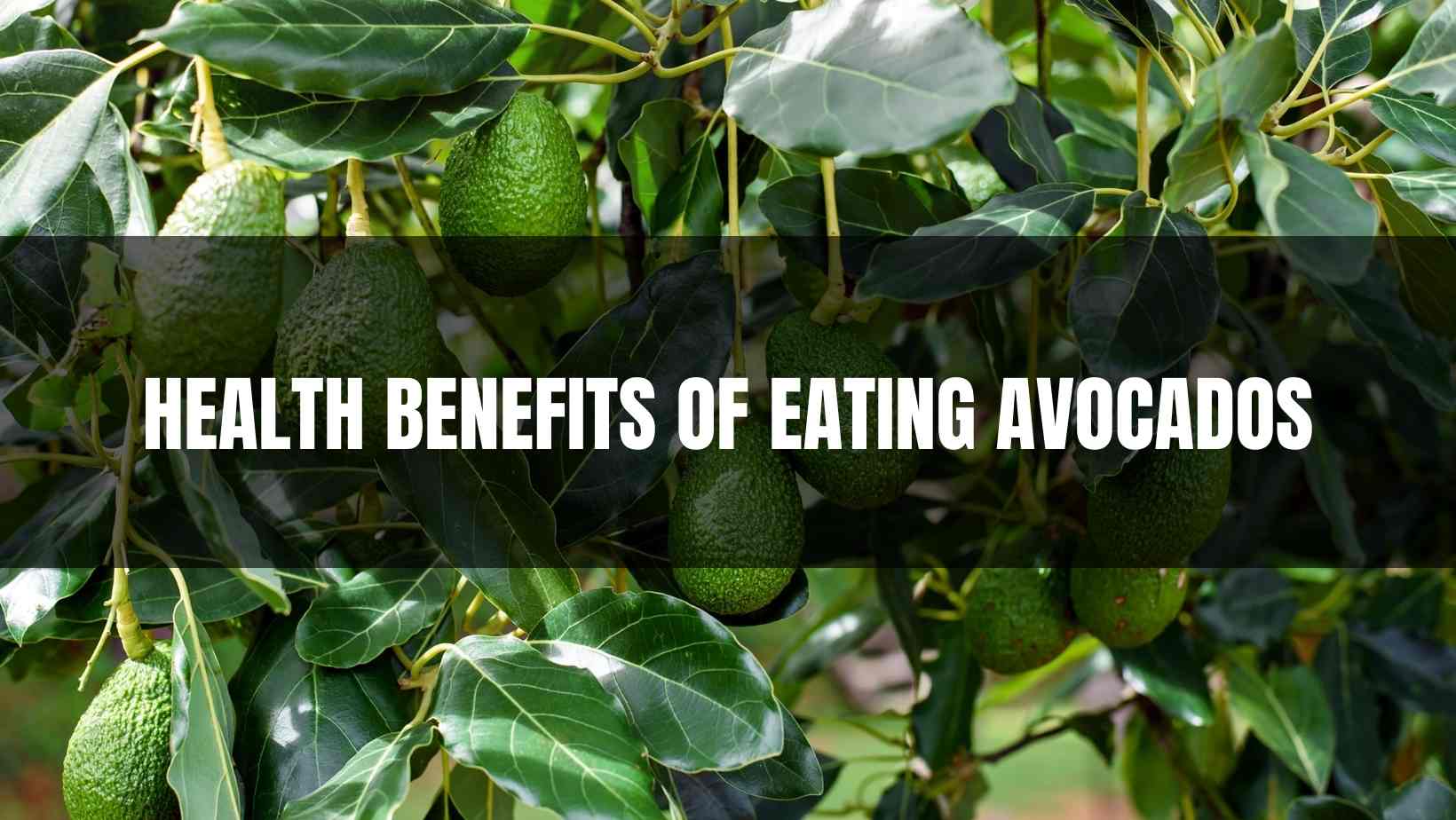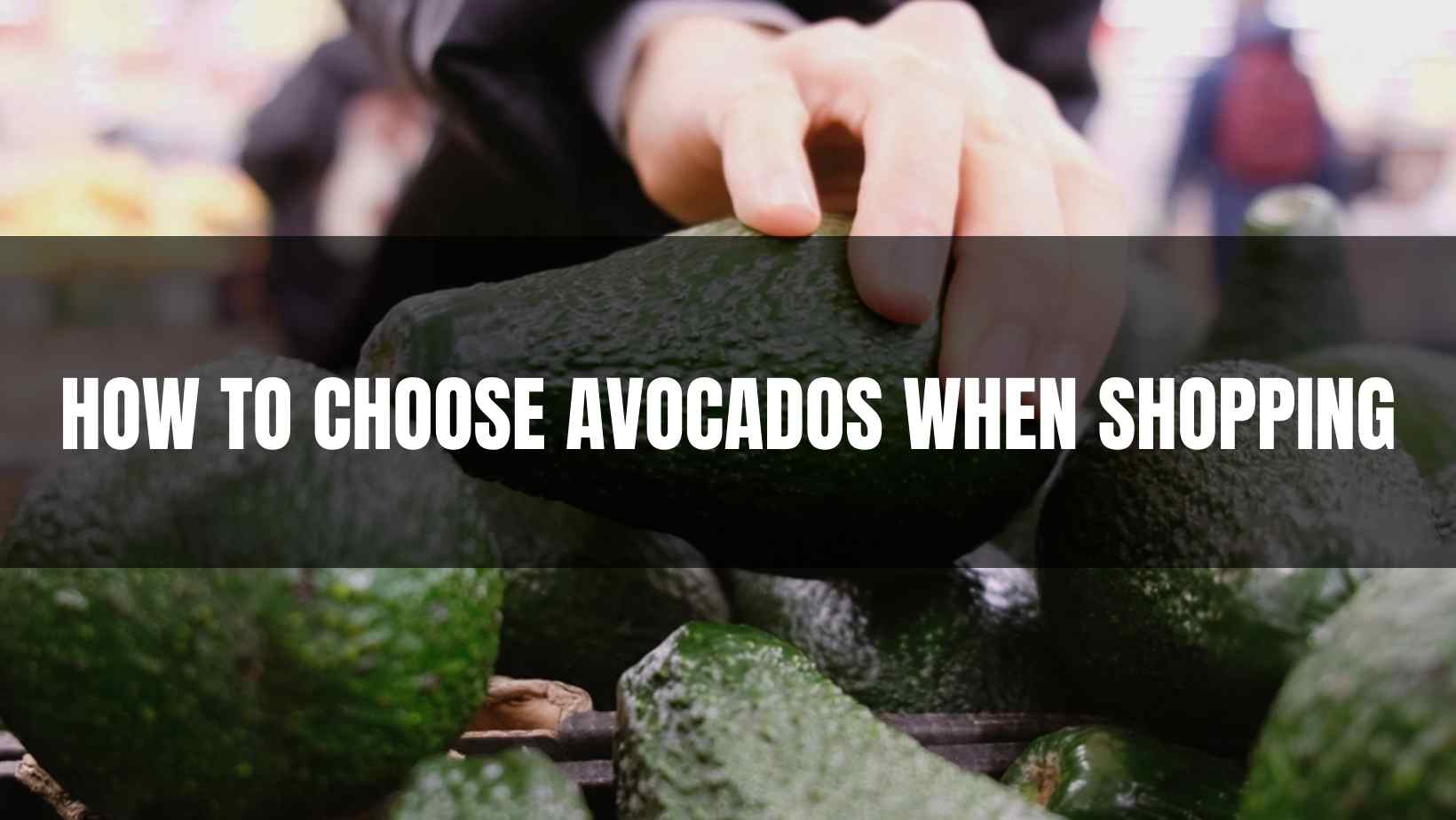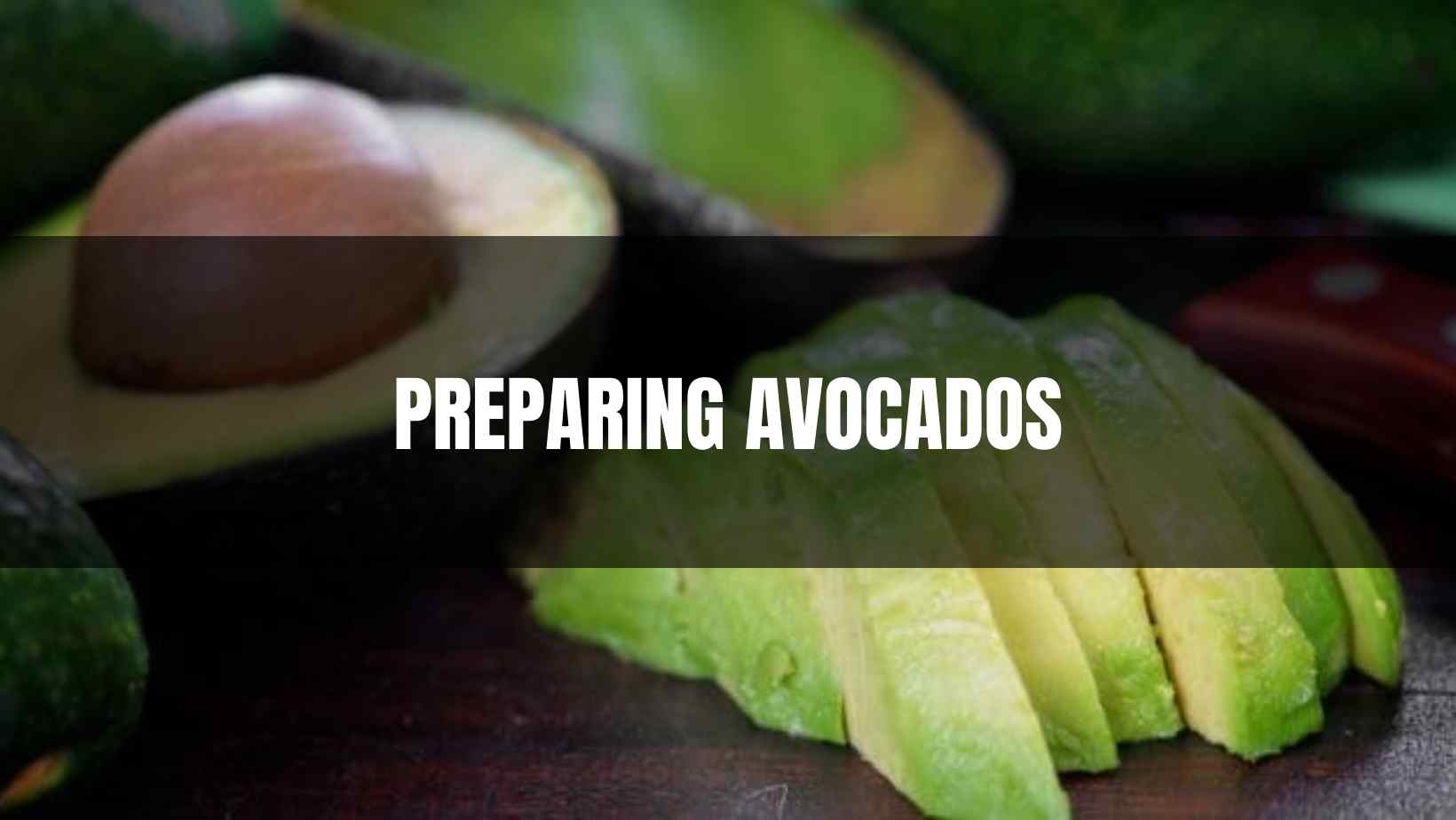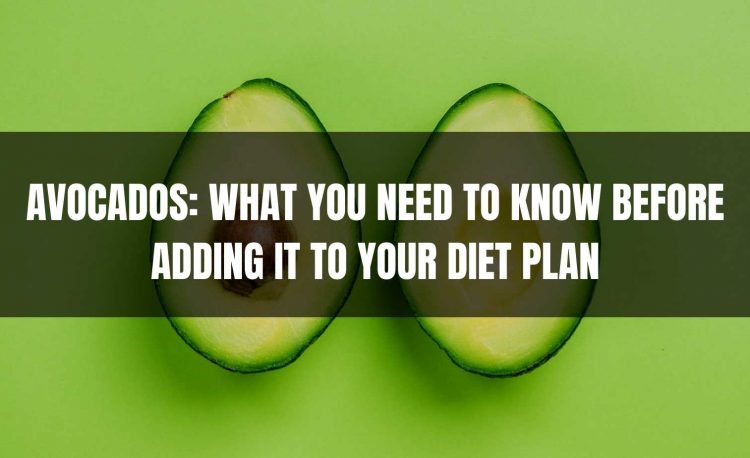Fruits are known to be some of the best sources of vitamins and minerals that our bodies need in order to become more healthy, to function better, and even to look better. They have been part of our food system for almost as long as humans existed on the planet.
One of these fruits are avocados. This particular fruit has been added to thousands of diet meal plans, and is known to be one of the best sources of healthy fats and also a great source of heart-healthy nutrients. The avocado is known to contain a nutrient called telomerase. This is a naturally occurring enzyme that helps trap the telomeres on our cells and keeps them from shortening or shrinking as they would without it. Our cells may function better, and our bodies may look better when we have before. In this article, we will be talking about this fruit, what it can do for the body, and more. Let us jump right in!
What is an Avocado?
Avocados, also known as “alligator pears,” are distinguished by their creamy smooth flesh and rough exterior. They are a popular meal in many different cultures. They are perhaps best known as the star ingredient in guacamole, but they are versatile and may be used in a variety of cuisines or eaten simple with a spoon. Avocados, while not sweet, are botanically categorized as a fruit with a huge berry and a solitary center pit that grows on the Persea Americana tree. They are thought to have originated in Mexico or Central America, with Mexico being the world’s top producer.
Because of their nutritional profile, they are a staple in many healthy meal regimens. Avocados are high in fiber and contain more fat (the good type) than carbohydrate, making them popular on low-carbohydrate diets, such as those used to treat diabetes. Their heart-healthy fats do not raise blood cholesterol levels, which can be satisfying on a standard cholesterol-lowering diet that is often low in fat and cholesterol. Because it is one of the highest-fat plant foods, it is popular in vegan and vegetarian diets. Avocados’ slightly earthy but neutral flavor adds richness to sauces, salad dressings, sandwiches, baked products, salads, and grain foods. Avocados are great sources of monounsaturated fats, fiber, B vitamins, vitamin C, vitamin E and potassium.
A medium avocado has 240 calories, 13 grams of carbohydrate, 3 grams of protein, 22 grams of fat (15 grams monounsaturated, 4 grams polyunsaturated, 3 grams saturated), 10 grams of fiber, and 11 grams of salt. Avocados have no cholesterol in addition to being low in salt.

Health Benefits of Eating Avocados
Avocados include a variety of nutrients, including carotenoids, monounsaturated fats, potassium, and fiber, which have been linked to a lower risk of chronic diseases, especially when consumed as part of a well-balanced nutritional diet. Avocados’ nutritional profile complements healthy eating patterns such as the Mediterranean and DASH diets. In other words, eating avocados can greatly help in aiding the body against diseases such as cardiovascular diseases, type 2 diabetes, eye-related illnesses, microbiomes, and more.
Avocados can also help the body become more resistant to bacteria and viruses in the gastrointestinal tract, which is a must-have for maintaining good health. Avocados are also packed with folate, vitamin K, and vitamin C. Avocados contain all-natural ingredients that can aid in weight loss. This means that if you are trying to lose unwanted fats and weight, then an avocado a day, keeps the fats away!
Another benefit of eating avocados is that this fruit can help to decrease the risk of certain lung and digestive cancers. This is due to the antioxidant properties of avocados. The American Dietetic Association recommends the consumption of avocados to improve healthy skin, lower cholesterol levels, and prevent or heal acne.
Furthermore, it has been proven that eating avocados can positively affect the skin complexion. Avocados can also increase the absorption of some minerals such as iron and zinc. This is due to the high fiber content that is found in avocados. There are other benefits when eating avocados that are not related to health, but instead to taste and texture, including improved digestion, decreased risk for developing ulcers, weight loss properties, and a decreased risk of developing certain illnesses.
Benefits of Avocados in Fitness
When it comes to fitness, we must always look out for what we are eating. Eating the wrong food can lead to negative outcomes, regardless of how we exercise. Fortunately, avocados are great for fitness. This fruit can provide many benefits, including helping you lose weight and lower cholesterol.
Eating avocados will help increase your metabolism. Avocados are loaded with fiber and can also be a great source of healthy fats which mean that you’ll feel fuller for a longer period of time after eating them. This will make your food intake less throughout the day, which will help you cut down on excess calories. Eating avocados also adds a lot of healthy fat to your diet, which can help with weight loss because it fills you up and can be used as an energy source.
Eating avocados can also help the body be more efficient at burning fat for energy because all the healthy fats help promote the body to use this energy source. Avocados are a good source of potassium which can be very beneficial for your heart and circulation.
They can also help regulate blood pressure and reduce inflammation in the body, which means that people with heart problems or high blood pressure levels may not need medication as often.
The Downsides of Eating Avocados
Avocados have extremely few dietary concerns in addition to their potential health and cosmetic benefits. Aside from allergic concerns, the only reason a person should be concerned about eating too much fruit is if they are attempting to lose weight.
Work with your doctor or a certified nutritionist to determine how much avocado you can safely consume without jeopardizing your weight loss efforts.

How to Choose Avocados when Shopping
Avocados can be round or pear-shaped, green or black, and little or huge, depending on the variety. Typically, the skin is lumpy. When ripe, the flesh is smooth and buttery. They are a climacteric fruit, meaning they continue to ripen after being harvested. The Hass avocado is the most common and is available all year.
If you intend to utilize an avocado right away, choose one that is ripe and has dark green or practically black skin. When squeezed, it should give way. Avocados with light green skin and a firm texture are unripe and should be left for a few days before eating. If the avocado has black shriveled skin, dents, or mushy patches, it is likely to be overripe and unpleasant to consume.
Avocado oil is derived from pressed avocado flesh. It can be used in place of other liquid cooking oils and has an extremely high smoke point of over 500°F. Avocado oil and olive oil are frequently contrasted since they are both high in the fatty acid oleic acid, although avocado oil has a more neutral flavor. It can also be used to make a homemade salad dressing by whisking or blending 14 cup avocado oil, 2 tablespoons Dijon mustard, and 4 teaspoons balsamic or apple cider vinegar; add other low-sodium seasonings, such as black pepper or garlic powder, if desired.
Storing Avocados
Avocados are frequently offered with hard, immature flesh that will soften in 2-3 days. To hasten ripening, leave the fruit at room temperature or set it in direct sunlight. You can also put the avocado in a paper bag with a banana; the ethylene fumes in the banana will speed up the ripening process. Avocados are ripe when they feel slightly squishy when squeezed. Avocado flesh is notorious for quickly turning brown when exposed to air, a process known as enzymatic browning. Although it appears unappealing, the dark flesh is completely delicious. Still, there are certain ways to slow or reduce browning after slicing an avocado:
- Apply lemon or lime juice to the flesh.
- To limit oxygen exposure, wrap firmly with plastic wrap or keep in an airtight container in the refrigerator.
- Store an avocado half in an airtight container with some sliced onion; the sulfur compounds in the onion help preserve the avocado.

Preparing Avocados
It’s not as difficult as you would imagine to remove an avocado pit. Although plunging a knife into the pit of an avocado half and cleanly removing it is a common approach, it entails the risk of injuring your hand! Instead, place your index and middle fingers on the flesh on each side of the pit, and your thumb behind the avocado on the skin; push your thumb into the center until the pit pops out. The meat can then be sliced, diced, or mashed as needed for use in recipes.
Avocados’ monounsaturated fat is heat stable and can be utilized not just in cooking but also in baking. In baking recipes, pureed avocado can be used in place of butter or oil in a 1:1 ratio (1 cup butter = 1 cup avocado).
Here are some avocado recipes:
- Sprinkled on salads, soups, tacos, or whole grains
- Blended into smoothies to thicken and enrich the flavor.
- Mashed as a sandwich and cracker spread
- Served with blueberries and ground flaxseeds or hemp seeds on full grain breakfast bread.
- maki sushi (sliced and rolled)
- As a snack, cut in half, sprinkled with lemon or lime juice, and eaten with a spoon
Nutritional Facts
Carbs
The fiber in an avocado provides the majority of the carbs. A whole avocado has around 17 grams of carbohydrates and 13.4 grams of fiber. An avocado contains relatively little sugar (less than one gram), while the remainder of the carbohydrate in the fruit comes from starch.
Avocado has a glycemic index of roughly zero, making it a low-glycemic food.
Fats
A single avocado has over 30 grams of fat, 4.2 grams of saturated fat, nearly 20 grams of monounsaturated fat, and 3.6 grams of polyunsaturated fat. So, while fat accounts for the majority of the calories in an avocado, it is largely in the type of healthy monounsaturated fat.
Monounsaturated fatty acids, or MUFAs, are derived from plants and may aid in the reduction of LDL, or “bad” cholesterol. As a result, the Academy of Nutrition and Dietetics suggests eating foods high in monounsaturated fat rather than saturated fat.
Protein
A half avocado has roughly 2 grams of protein. While it is not a high-protein food, it can help you achieve your protein requirements.
Vitamins and Minerals
Because the serving size is so small, consuming a few slices of avocado will not deliver significant vitamins or minerals. A full avocado, on the other hand, is high in vitamins K, E, and C.2
Avocado includes folate, riboflavin, niacin, and pantothenic acid, among other nutrients. Avocado contains minerals such as magnesium, potassium, copper, manganese, and magnesium.
Calories
The number of calories in an avocado varies according to its size. The avocado nutrition data displayed are for half of a medium-sized avocado, but many avocados are smaller and some might be significantly larger (up to 300 grams or more).
A larger (200 gram) avocado contains 322 calories, according to the USDA Nutrient Database. According to the Cleveland Clinic, an average avocado contains 200 to 300 calories.
If you put a thin layer of avocado on your sandwich or add a modest quantity to your healthy taco, you’re likely consuming 30 grams of fruit, or around two teaspoons.
Conclusion
In conclusion, avocados are great when it comes to eating healthy, losing weight, trying to look and feel better, or even for simple casual eating. This fruit has many benefits, with little to no drawbacks. It can be added in a diet meal plan, several recipes, and even salads and beverages. Avocados truly are the fruit of the people, and they do not disappoint.

